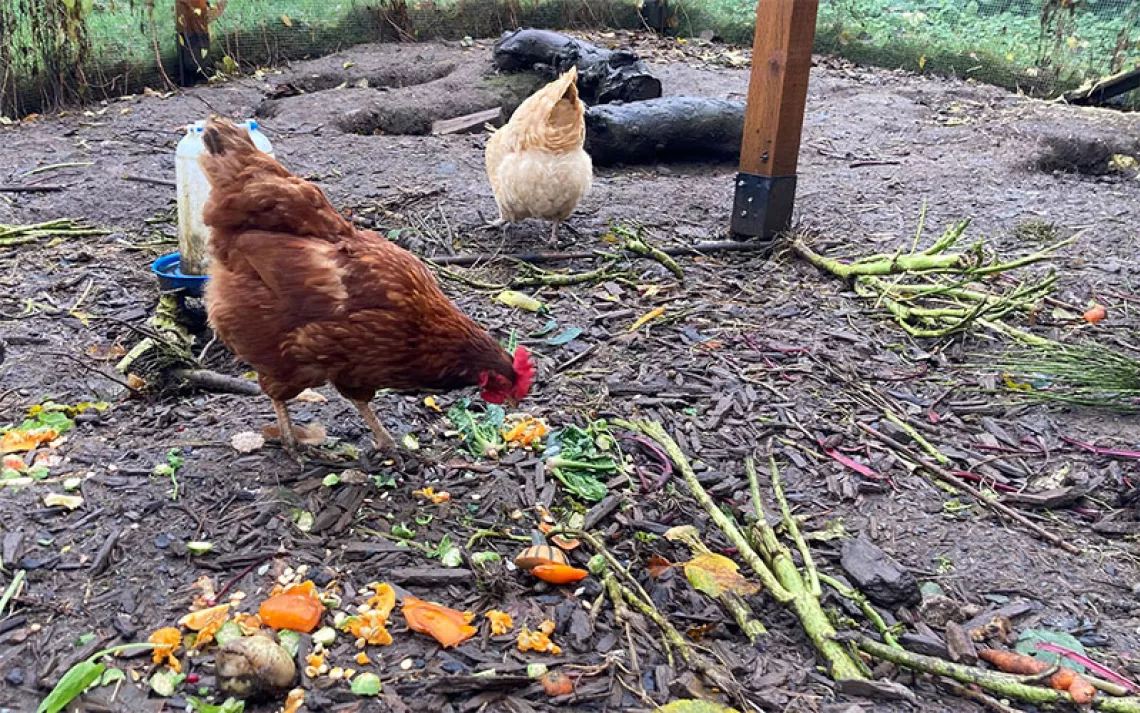Seven Ancient Grains to Lend Your Plate Green Panache
These time-tested grains require few pesticides, fertilizers, or irrigation
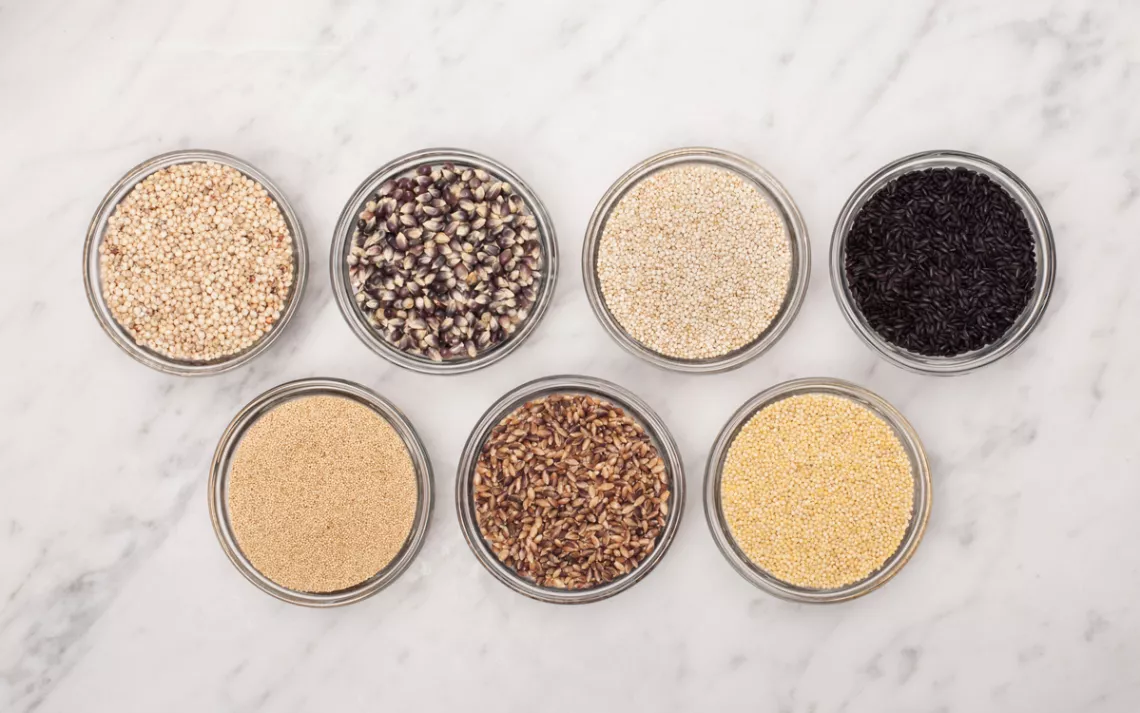
Photo by Lori Eanes
Ancient grains—also known as heritage or heirloom grains—have evolved over thousands of years to be hardy and undemanding, meaning they require few pesticides and fertilizers and don't need irrigation. Cultivated by cultures across the globe—including the Egyptians and the Incas—ancient grains are open-pollinated rather than crossbred and are typically higher in nutrients than bleached, processed grains. Behold these seven standouts.
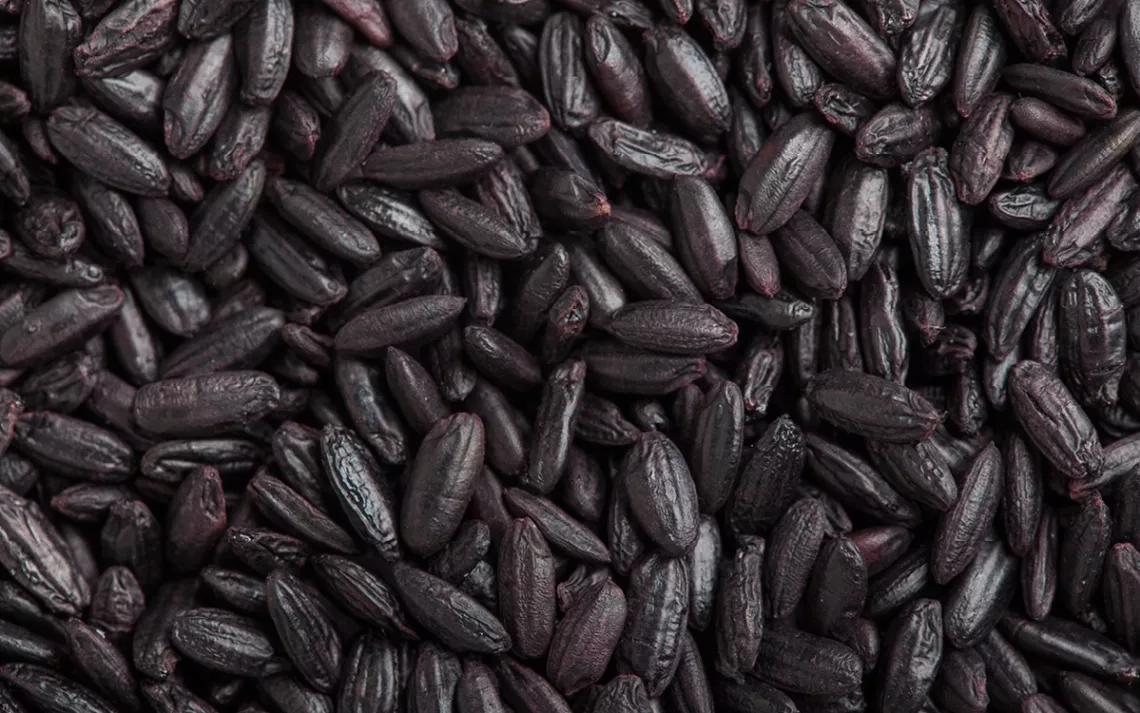
Black rice—also known as purple rice—gets its nutty taste from intact bran and its rich color from anthocyanins. Like deeply hued vegetables, saturated shades of rice offer singular health benefits (the Journal of Nutrition cites black rice's potential to reduce arterial plaque). According to Chinese legend, this rice was once served only to the emperor and royal family, which may be why it's also known as "forbidden rice." Today it's available to all.
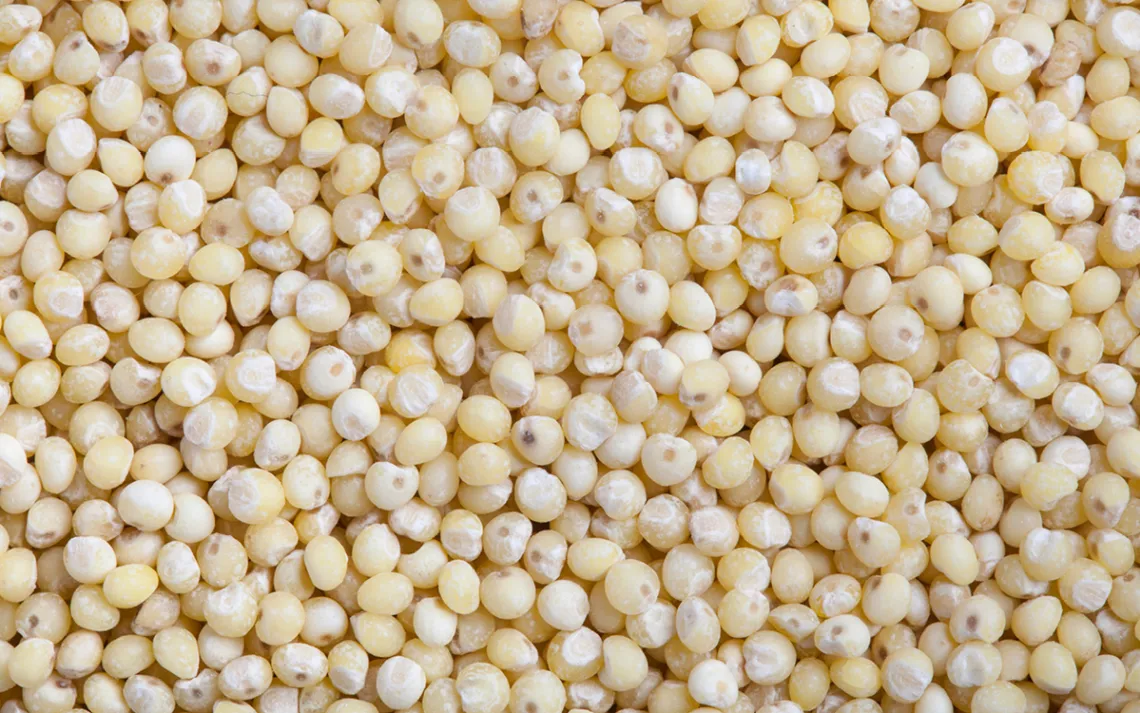
Farmed since about 8,000 B.C., millet is mentioned in the Bible as a grain grown in the Hanging Gardens of Babylon for baking bread. An uber-resilient cereal grain, it has survived over time because of its ability to grow wild and also adapt to cultivation. Naturally-gluten-free millet has a mild, nutty taste and a fluffy texture, making it a surprising addition to pancakes or substitute for mashed potatoes.
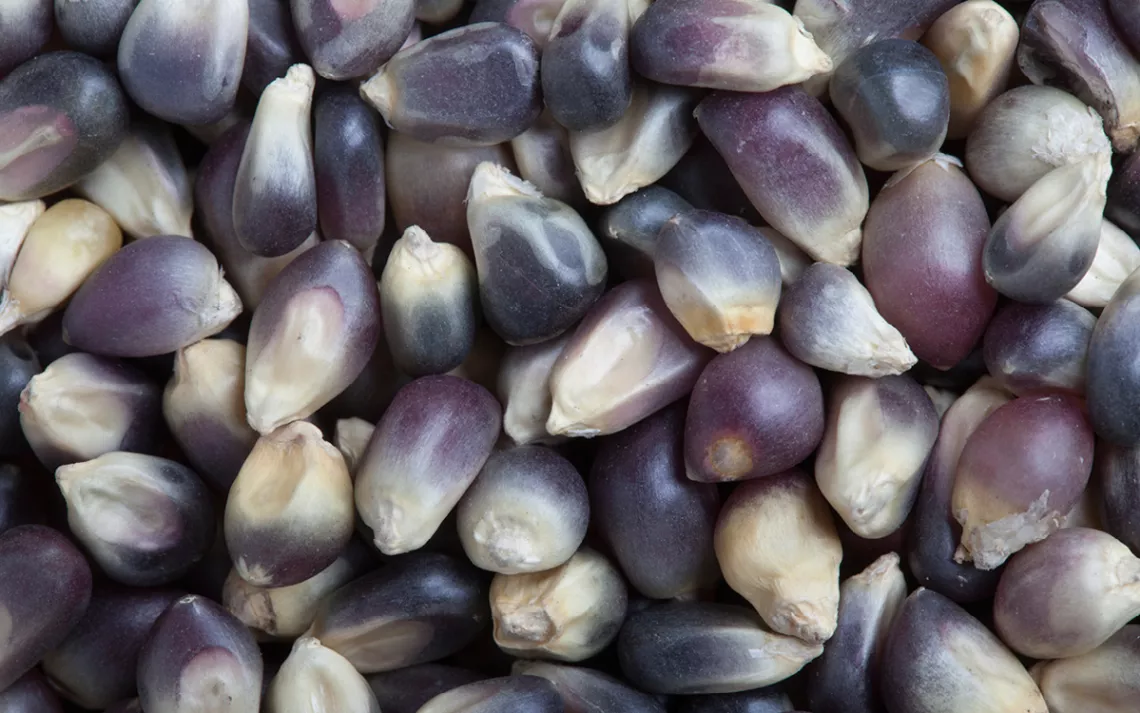
The hue of heirloom blue corn may be what catches your attention, but its health benefits are more compelling. Packed with antioxidant-rich anthocyanins, blue corn is lower on the glycemic index and provides more protein, zinc, and iron than white and yellow corns do. Native to the American Southwest and Central and South America, the variety can always be substituted for other corns. Next time you make a quesadilla or grab some chips for guacamole, upgrade to blue.
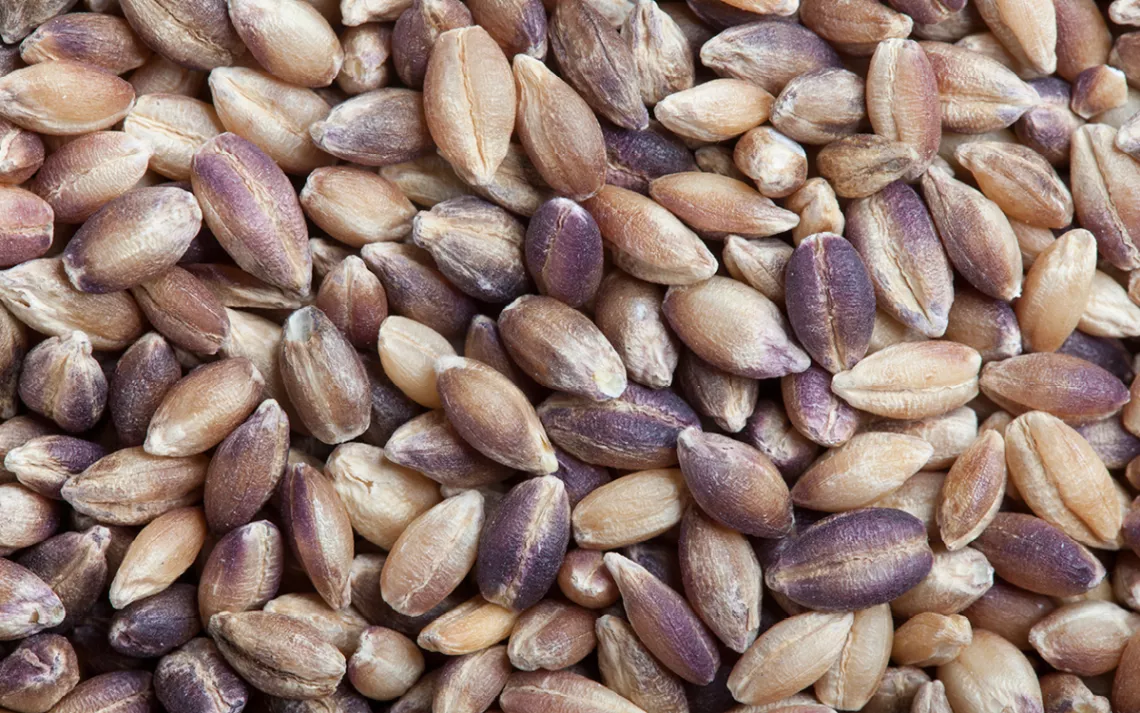
Purple barley was a dietary mainstay in ancient Tibet and the Middle East. As a whole grain with its bran layer intact, it is rich in fiber and vitamins, and it packs disease-fighting anthocyanins, thanks to its violet seed coat. This grain lends sweet, smoky flavors and visual intrigue to soups, salads, and pilafs—and can also be ground into flour for muffins and pancakes.

Like a number of its ancient cousins, sorghum is gluten-free and high in protein. In China, it is the primary grain used in baijiu, a potent and wildly popular alcohol. In the southern United States, it is used for everything from sweetener (sorghum molasses) to alcohol to livestock feed. Having been grown in Africa for thousands of years, it is extremely drought-resistant. Think against the grain—make sorghum popcorn or risotto.

Gardeners may be familiar with the bright, fluffy flowers of amaranth, but it's the gluten-free, complete-protein grain we're interested in here. It flourished 6,000 to 8,000 years ago in Mesoamerica, where the Aztecs called it huautli and used it in numerous religious rituals. Scornful Spanish conquistadores outlawed its cultivation, but thanks to its hardiness, amaranth eventually made a worldwide comeback. In Mexico, people commonly mix it with honey for superfood Rice Krispies–style treats.

First grown between 3,000 to 5,000 years ago in the Andes, quinoa was a staple for the Mayans and the Incas, who considered it sacred. Like amaranth, it is actually a gluten-free seed and a complete protein. It can also handle inhospitable conditions, flourishing in areas where wheat and rice won’t grow. Because of its versatility, quinoa can be substituted for numerous familiar grains such as wheat and oats, used whole or ground as flour. Quinoa cookies, anyone?
This article appeared in the July/August 2017 edition with the headline, "Go with the Grain."
 The Magazine of The Sierra Club
The Magazine of The Sierra Club



